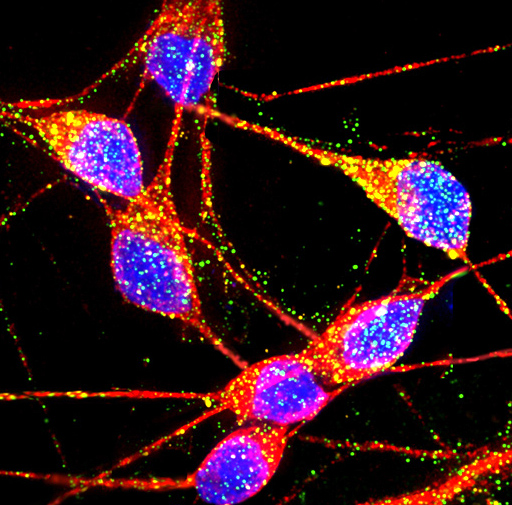Wine backs brain study
 New methods are being developed to more accurately diagnose Parkinson’s disease.
New methods are being developed to more accurately diagnose Parkinson’s disease.
University of South Australia researchers are pioneering a simple and accessible imaging procedure to visualise the region of the brain that is most affected by Parkinson’s disease.
This region, called the substantia nigra, loses neurons in people affected by Parkinson’s.
Researcher Dr Gabrielle Todd says that certain types of brain scans can help to assess the extent of neuronal loss in the substantia nigra, but these require patients to be injected with radioactive substances called radiotracers.
“The significant challenges associated with manufacturing radiotracers and the high cost severely limits patient access to this technology in Australia and elsewhere,” Dr Todd says.
“Due to the lack of an accurate and accessible diagnostic test for Parkinson’s disease, this results in a high rate of misdiagnosis.”
MRI imaging by contrast is safe, widely available, and does not require patients to be injected with radioactive substances.
However, using the imaging technique to examine the substantia nigra requires very experienced radiologists, with years of training.
“Radiologists rarely see what a normal substantia nigra looks like in healthy people and we don’t currently know if the appearance of the substantia nigra changes with age or whether it differs between males and females,” Dr Todd says.
Dr Todd and her team are working on an easy-to-use method to objectively measure and evaluate the substantia nigra against normative data.
It should improve the accuracy of MRI imaging in Parkinson’s patients and enable more centres and hospitals to perform the diagnostic procedure.
The project will involve recruiting newly diagnosed patients with Parkinson’s disease and healthy adults to undergo a brain MRI and tests of movement, memory, and cognitive function.
The project is backed by prominent Adelaide Hills winemaker, Marty Edwards, who was diagnosed with Parkinson’s disease in 2012 at 41 years of age.
He is supporting the research by donating proceeds of his new wine label to the project.
The second generation vigneron this month released two new varieties – a Sauvignon Blanc and Chardonnay - from his label Silver Lining Wines, which was created after his Parkinson’s diagnosis.
“This project will increase patient access to cutting edge medical imaging in both metropolitan and regional communities throughout Australia and other countries,” Mr Edwards says.
“It will enable faster and more accurate diagnosis of Parkinson’s disease and so allow people to be treated earlier to help control their symptoms.”
The release of the two new white wines, and partnership with Parkinson’s disease researchers, has generated great interest among wine connoisseurs and the wider community.
“Being associated with a project that can provide hope, and arm clinicians with more tools to help patients, is something that I’m passionate about. Hopefully we’ll create a ‘silver lining’ for others that are starting their journey with Parkinson’s disease,” Mr Edwards says.








 Print
Print